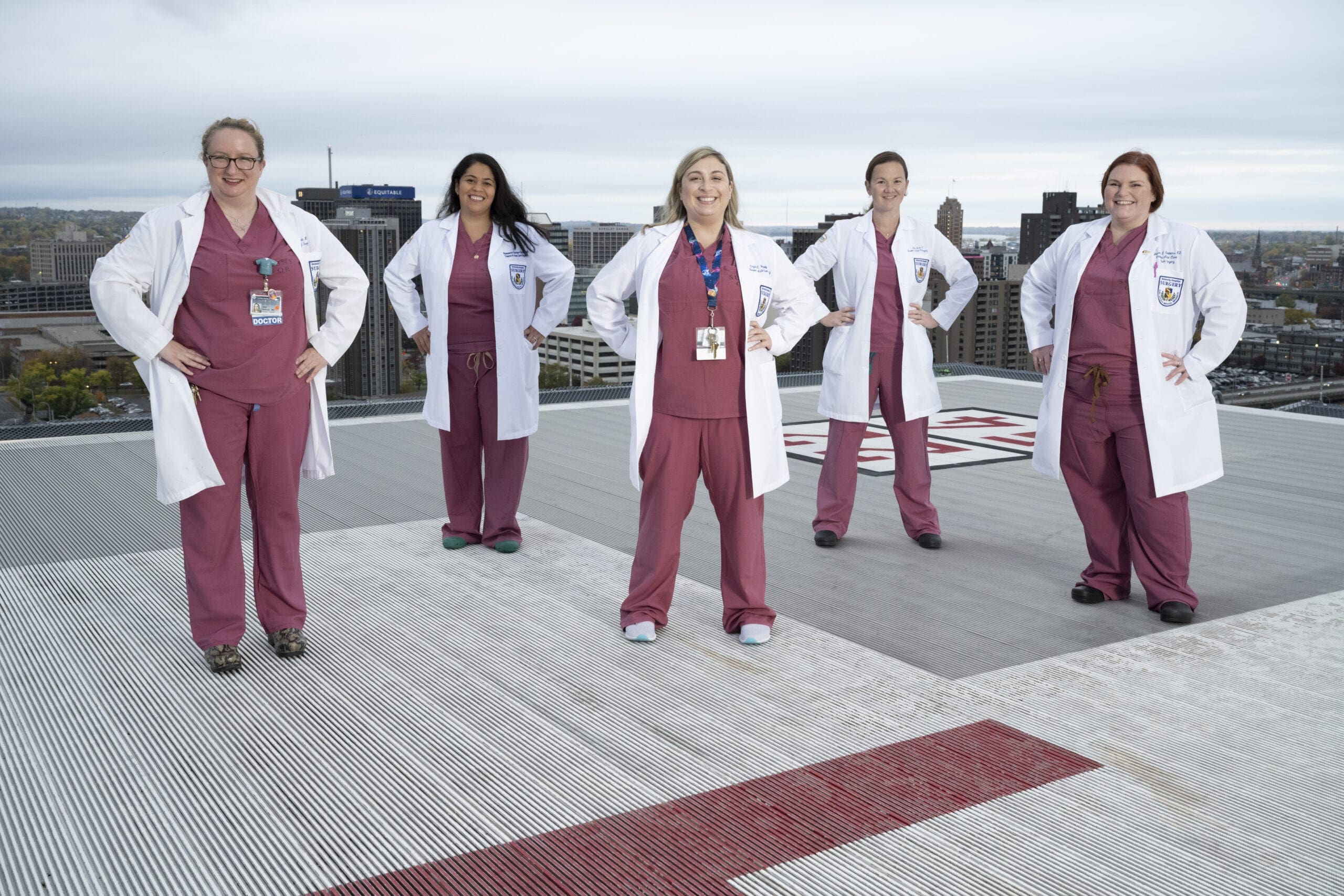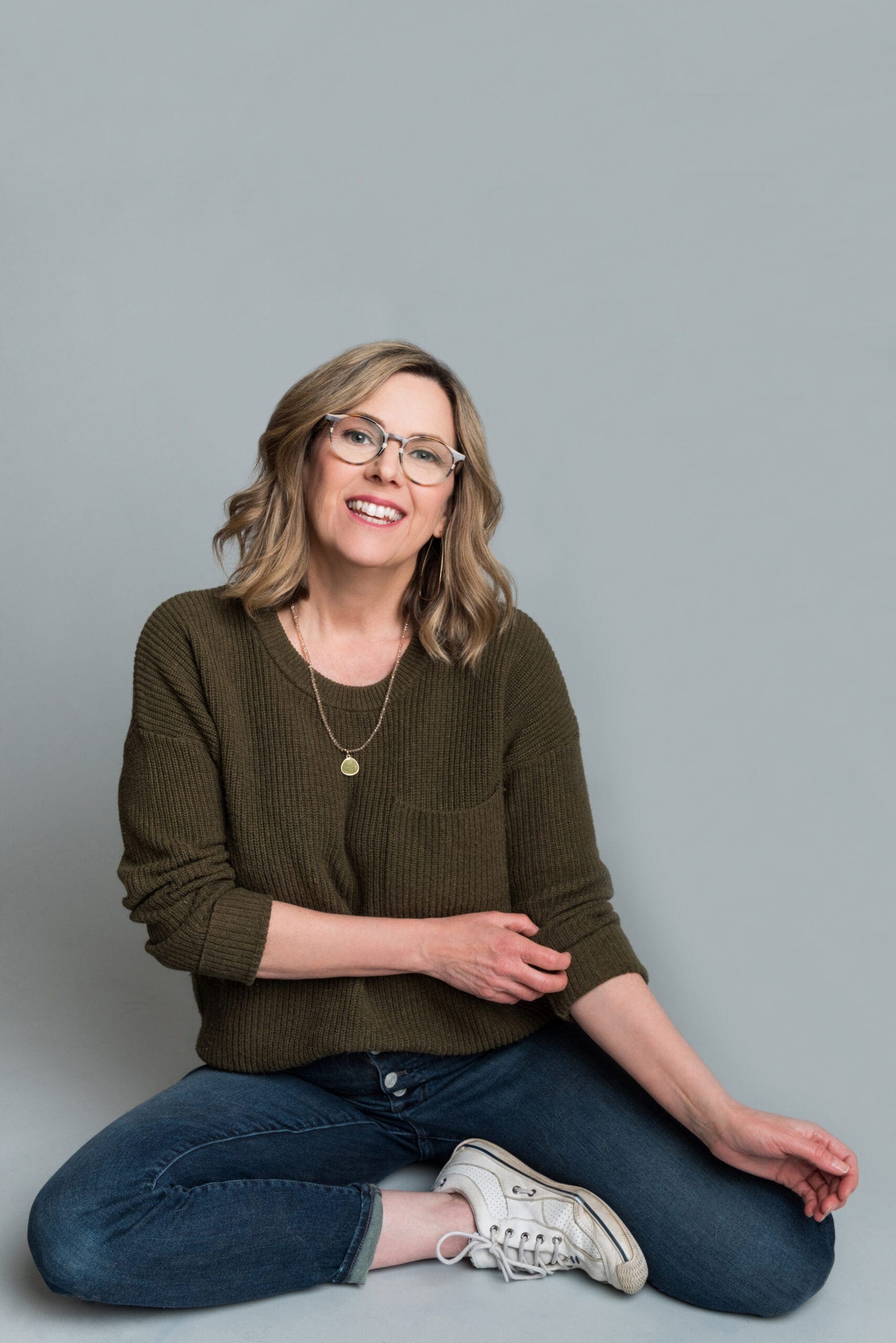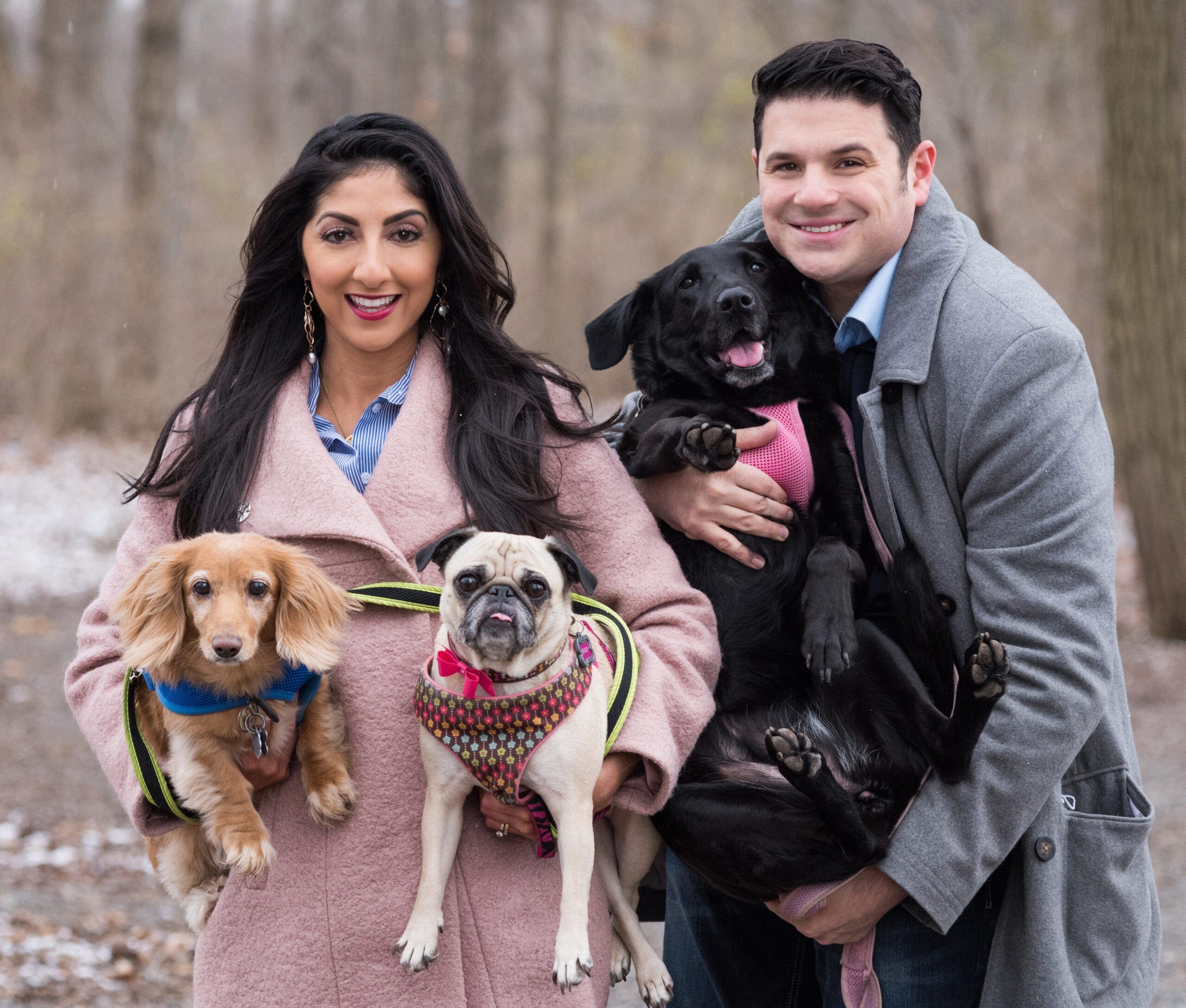Teaching the Importance of Early Detection
By Jamie Jenson | Photography by Paul Carmen Viggiano
Christina Wallace was only 38 when she found the lump that would completely change her life.
“I was lying on my couch watching TV, and my cat, who had been unusually clingy for a few weeks, jumped up on my side and it hurt,” Christina said. “I went to reach to figure out why it hurt so badly and that’s when I felt the lump.”
Christina, now 41, made an appointment to see her gynecologist. When she told the nurse she had felt a lump near her armpit, the nurse immediately took action and scheduled an ultrasound and diagnostic mammogram for her.
On Friday, December 5, 2014, after the mammogram illuminated the lump Christina had felt and a biopsy confirmed it, she was given the news no one wants to hear: she had cancer.
After discussing her options with the surgeon, Christina chose to have a lumpectomy three days after she was diagnosed.
The surgery revealed some good news for Christina. The margins of the tumor were clean and hadn’t spread to her lymph nodes. The aggressive chemotherapy and radiation that followed were just a precaution; the doctors and Christina wanted to be sure there was no cancer left in her body.
Christina’s relief didn’t last long, though. Shortly after her lumpectomy, her doctors told her she has a predisposition for cancer.
“I found out I have a genetic mutation — a PALB2 — that’s actually the gene that is responsible for keeping the BRCA gene in check,” she explained.
Christina also found out the type of breast cancer she had was extremely rare. It comprises about 3 to 5 percent of breast cancer cases and normally doesn’t occur until a person is in their 50s or 60s.
She learned she wasn’t the only one who carried the genetic mutation; her mother did, as well. In 2016, about a year after Christina finished her treatment, her mother was diagnosed with cancer.
“She got diagnosed, I believe, in June,” Christina said, “and, by Thanksgiving, it had spread to her brain.”
Christina’s mother passed away in July 2017. She was only 59 years old.
Christina, who has two children and two stepchildren, worries about what this genetic predisposition could mean for her biological children.
“Knowing that I have the genetic mutation, did my kids get this, too?” she said. “And what do we have to watch for with them?”
Christina said her daughter, who is in high school, will be monitored closely and begin getting mammograms in her late 20s. Under normal circumstances, women typically don’t start getting mammograms until their 40s.
The important thing, Christina said, is to make sure her children are educated about the disease.
“I’ve talked to both my girls — my stepdaughter and my daughter — about breast exams,” she said. “It’s good that they know what is normal for them and they know that if they feel anything weird, they’ve got to let me and their doctor know.”
Christina isn’t just teaching her children about the importance of early detection, however.
About a year-and-a-half after finishing her treatments, Christina found out about a cancer services assistant job with Oswego County Opportunities, a nonprofit organization that delivers services and programs to people in Oswego County.
Christina said the program is state-funded. There is one in every county in New York. In her role, Christina enrolls people in Oswego County into the program so they can get access to routine cancer screenings, including mammograms and colonoscopies. Many of the program’s participants don’t have insurance and would not have access to these screenings otherwise.
“When I found out about that position, I knew it was for me,” Christina said. “I love my job because I get to help people. I can talk to people because of my experience and it helps me really enforce the importance of early detection.”
Christina wants to tell her story — and her mother’s — to as many people as she can because she wants to educate them.
“You have to pay attention to your body and take care of yourself because you don’t get another chance,” she said.
It’s been three years since Christina received the news that there was no evidence of cancer in her body. Last October, after her mother passed away, Christina opted to have a double mastectomy as an added precaution. She said she wants to make sure she’s here for her children, who are her No. 1 priority.
Even after all she’s been through, she remains positive and thinks she’s lucky.
“I’ve made friends. I’ve learned a lot. I have a job that I love getting up and going to,” Christina said. “It gives me the opportunity to educate the community. It’s setting a good example for my kids that if you fight hard enough, you can overcome almost everything.” SWM
For more information on Oswego County Opportunities, visit oco.org.





